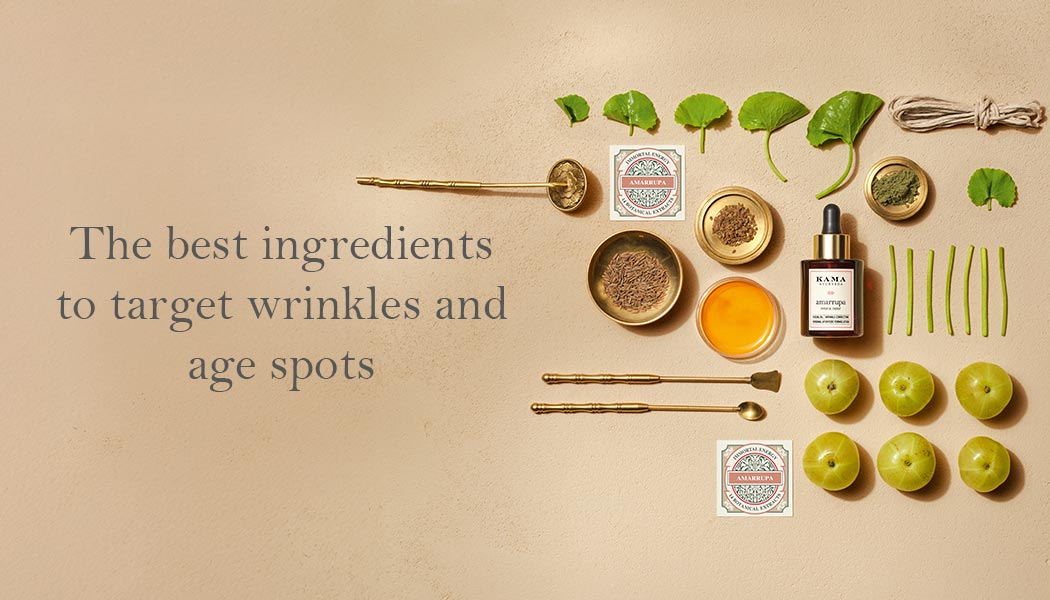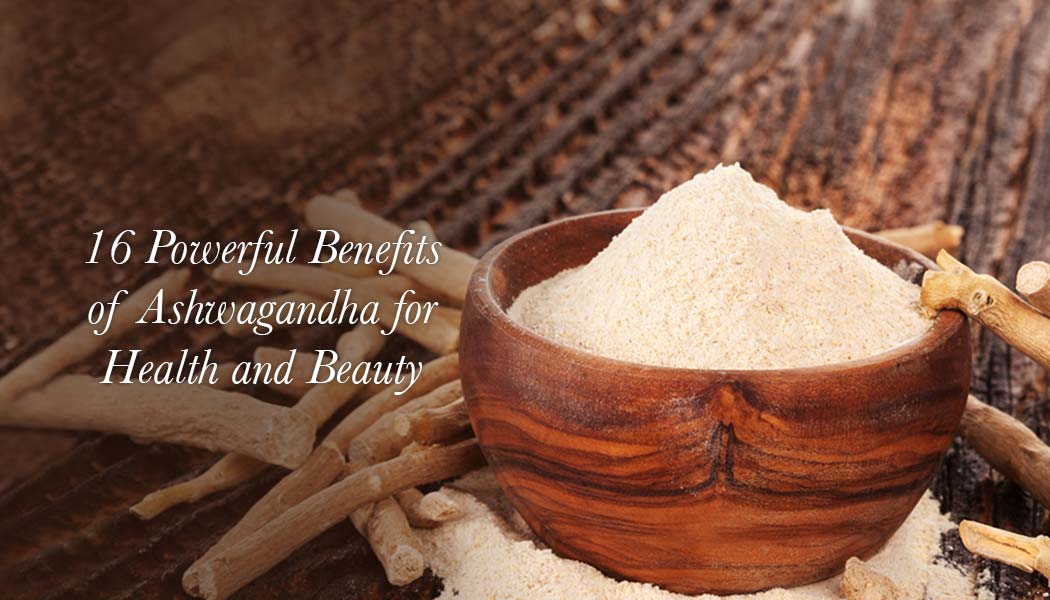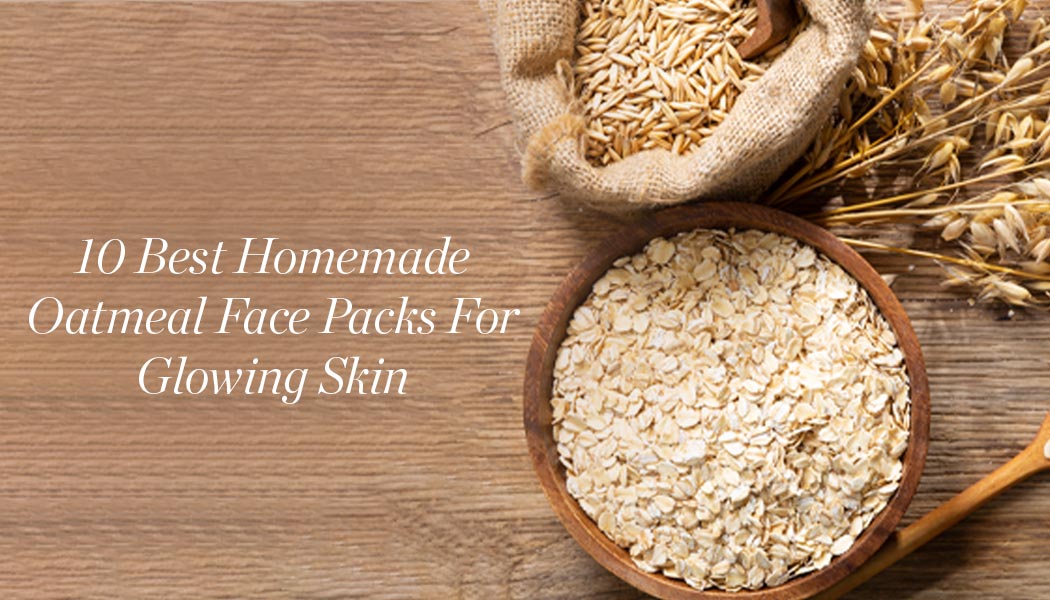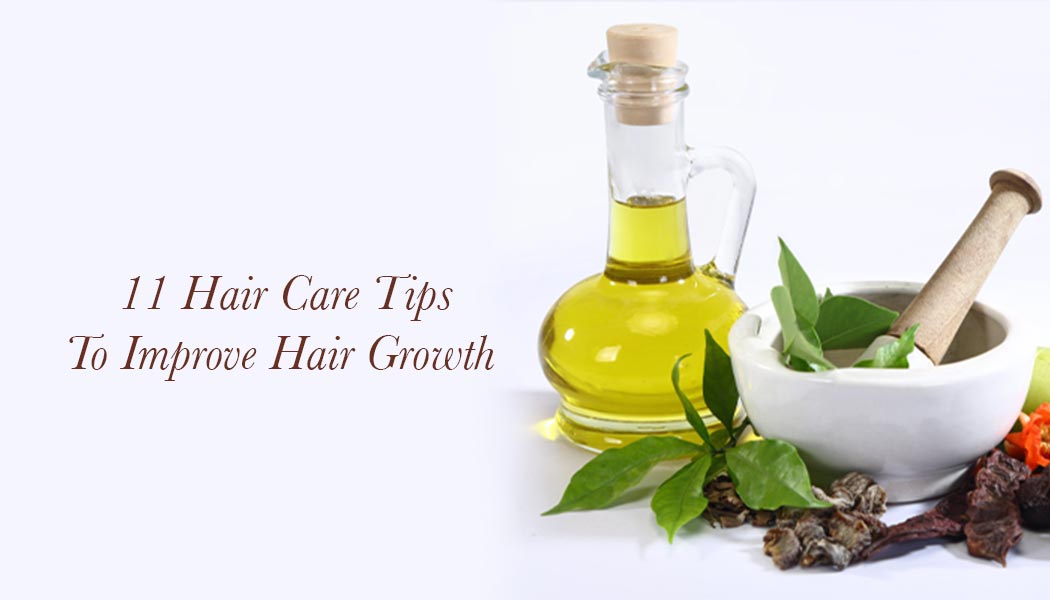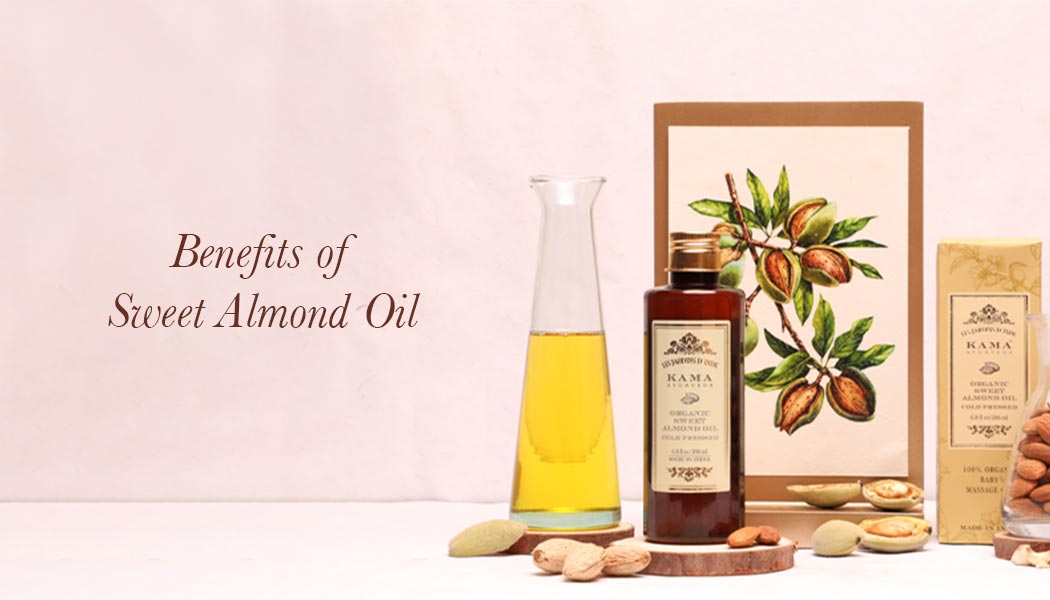- 30 March 2018
- 3 mins read
In Ayurveda, Doshas are a functional representation of the Panchamahabhutas, or Vayu (Air), Agni (Fire), Jala (Water), Prithvi (Earth), and Akash (Space).
Kapha represents Water and Earth, and it is the dominant Dosha during Springtime, or Vasanta. There is a languid re-awakening and sense of gentleness, as though some Time is needed to acclimatise, after Wintertime hibernation. This soft, non-aggravating, re-emergence from dense and cosy comfort resonates well with Kapha.
ATTRIBUTES AND MANIFESTATIONS OF KAPHA

Kapha is firm and heavy, smooth, soft, sweet; and slow and stable. People with a Kapha-dominant Prakriti/Prakruti (Constitution) tend to have the following characteristics:
• Compact and muscular body, with a tendency towards plumpness
• Prominent forehead, chest and arms
• Dark and dense hair, and prominent, heavily-lashed eyes
• Soft, smooth, tender, and oily skin (and hair)
• Soft, slow speech, and a relaxed, easygoing demeanour
• Overall, possessing resilience, sturdiness, and strength
WHEN KAPHA IS IN A STATE OF VIKRUTI (OUT OF SYNC)

Symptoms of Kapha imbalance manifest themselves as inflammation and/or water retention, loss of appetite, difficulty in sleeping, and phlegmatic congestion. A person whose Kapha is in Vikruti may demonstrate:
• Obesity
• Excessive mucous production
• Heavy, lethargic movement
• Depression and sadness
• Feelings of isolation, or of being unloved and unwanted.
KAPHA-BALANCED DIET AND LIFESTYLE
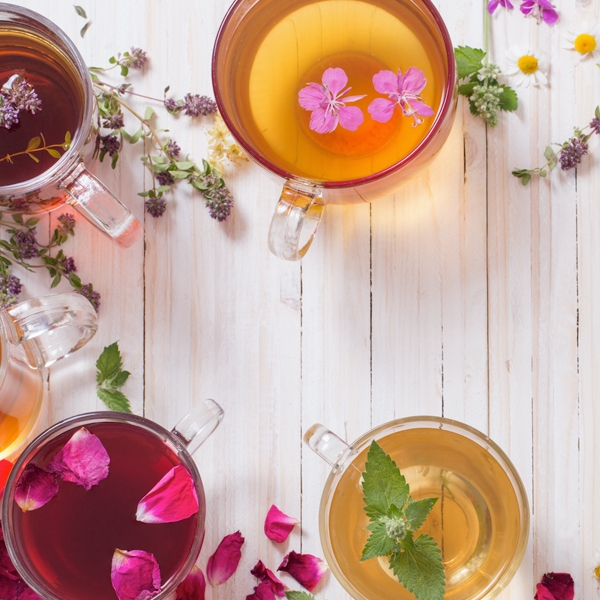
The predominance of one Dosha over the other says a lot about how the natural Elements influence the quality of your lifestyle, and appearance. Anything you do for the latter is rendered futile without due attention to the former.
FOR AN AGGRAVATED KAPHA:
• Get plenty of exercise everyday.
• Maintain relatively warmer temperatures around yourself as much as possible.
• Consume fresh, ‘lighter’ fruits, avoiding ‘heavier’ ones like coconuts, bananas, or figs, or sour ones. Avoid nuts.
• Excessive intake of ‘wet’ vegetables, (cucumbers or tomatoes) will increase Kapha, as would ‘heavy’ ones, like potatoes.
• Reduce intake of heavy, oily, cold, and sweet foods. Moderate the intake of salt.
• Low-fat dairy products, and natural sweeteners like unadulterated raw honey and stevia are ideal.
• Most herbal teas are good for Kapha, except those with inherently sweet ingredients like Liquorice.
KAPHA-BALANCED BEAUTY
Kapha-imbalanced skin will be excessively oily and ‘clogged’, prone to cystic acne, enlarged pores, blackheads, and characteristic white pustules. Such skin benefits from ubvartan, or rubbing of the body with exfoliating, herbal pastes. The scrubbing stimulates metabolism in muscles and adipose tissue, thereby toning and softening the skin, dissipating congested, dense fat.
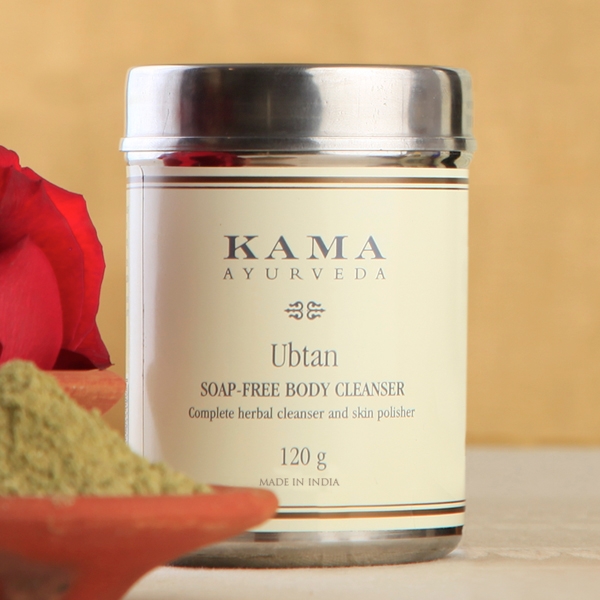
Natural and purifying skin-detox and cooling agents, are perfect. These include Neem, Indian Madder (Manjishtha), Fenugreek, Sandalwood, Amla, Ashwagandha, Calamus, Aloe Vera, Comfrey, Vetiver, Nutmeg, Lemon and Lime, Coriander, and Chickpea or Green Gram Flour.

Kapha hair is naturally thick, lush, and abundant. In a state of Vikruti, Kapha hair develops indiscriminate greyness, becomes dry and thin with split-ends, and tangled. Sesame, Olive, and Almond Oils are good choices to revitalise Kapha-imbalanced hair.
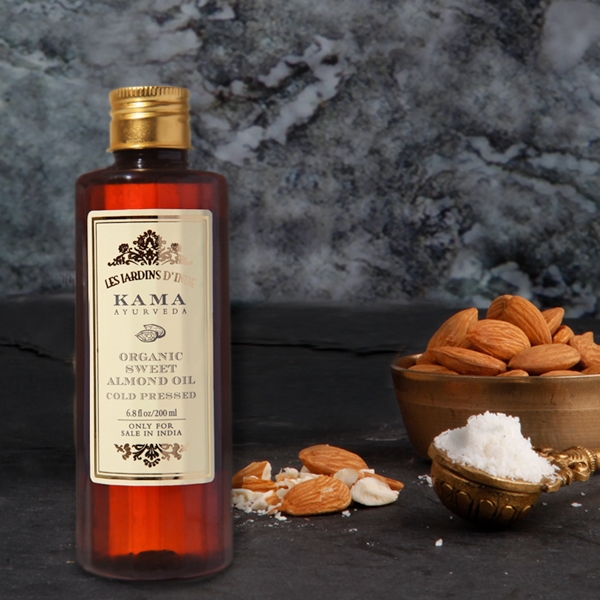
Spring is a Season of optimism, anticipation, and for gearing up to execute plans. Ayurveda has reliable Beauty and Wellness solutions, to help you enjoy the Season’s exuberance without fear.


